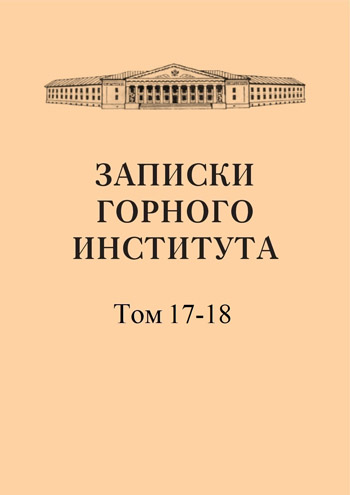On the issue of the boundary between the Erunakovskaya and Ilyinskaya subformations of the Kuznetsk basin
Abstract
Currently, in the Kuznetsk basin, the boundary of productive (Erunakovskaya, Balakhonskaya) and unproductive formations and subformations is considered to be the last or first layer of working thickness (more than 0.70 m). However, recently a lot of data has accumulated that contradicts this assumption. The paleontological division will not coincide with the industrial one. A more objective criterion could be a quantitative, i.e. statistical, approach to various lithological features. Based on the idea of the cyclic structure of coal-bearing strata and knowing the differences between the typical cycles of the Ilyinskaya and Erunakovskaya subformations, primarily in scale, we made an attempt to statistically test changes in the average and maximum thickness of cycles in a specific section. Statistical, i.e. quantitative, analysis of a number of lithological characteristics (mainly thickness) reveals the possibility of establishing a sharp and fundamental boundary corresponding to a sharp change in the average amplitude of cycles. Other features of the cycles are closely and genetically related to this change, for example, the thickness of the basal sandstones of the continental facies, the thickness of coal seams, and therefore a sharp increase in the number of working seams, i.e. purely practical consequences. This allows us to recognize that it is more rational to draw the boundary of two subformations, Ilyinskaya and Yerunakovskaya, on the basis of the cyclicity of about 41 layers, which has a number of advantages (see article).
References
- Radchenko G. P. On the identification of phytostratigraphic zones in the Paleozoic strata of the Kuznetsk basin. Vestnik ZSGU, 1940, No. 3-4.
- Radchenko G. P. Description of coastal sections along the Tom River from the mouth of the Surnekova River to Babiy Kamen in the Kuznetsk Basin. Mat. on geol. 3. Siberia, No. 5 (47), 1938
